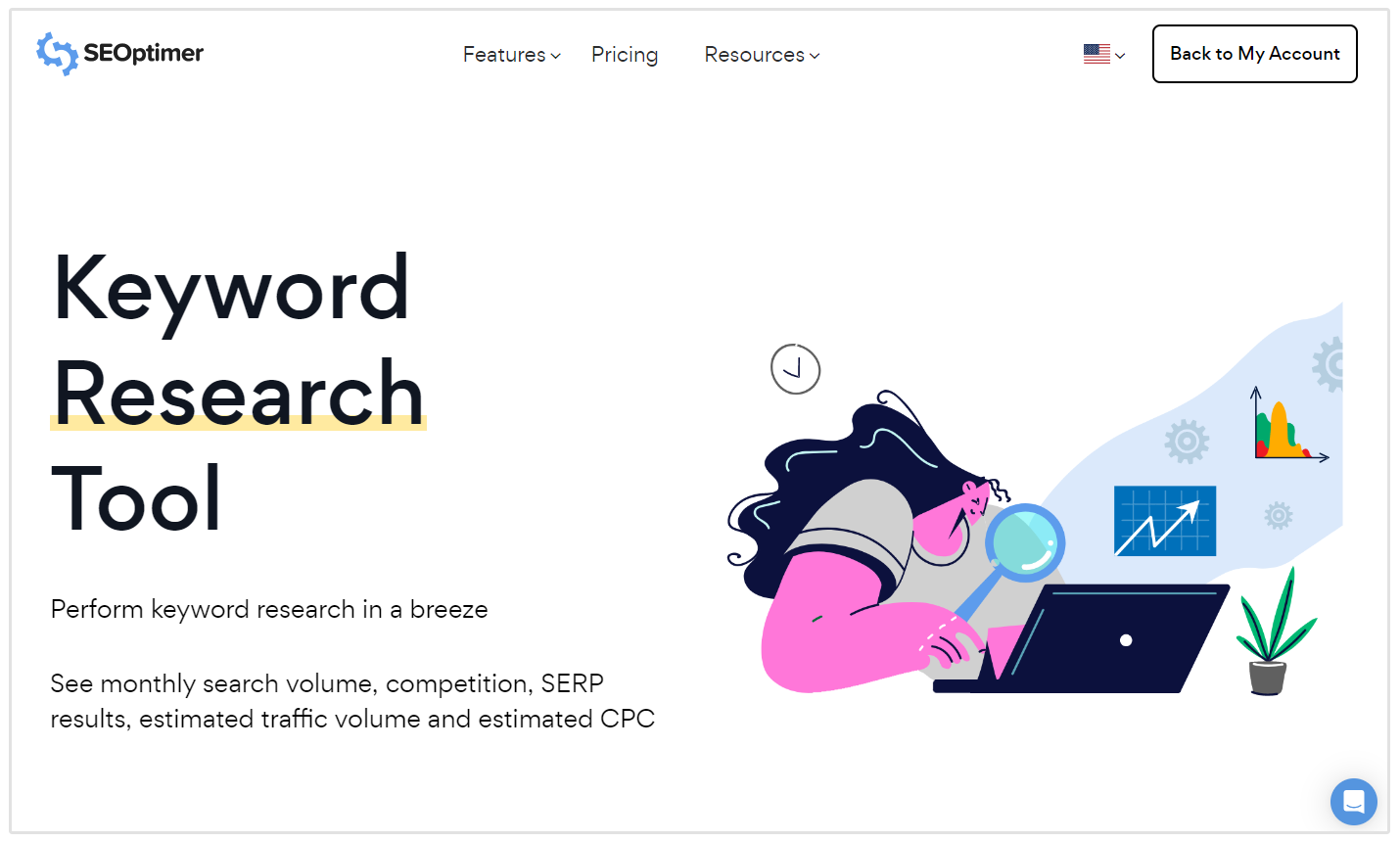Unlocking Secondary Dimensions in Google Analytics: Meaning and Practical Use Cases Discovered
Maximizing Your Data Analysis With Additional Measurement in Google Analytics for Informed Decision-Making
Google Analytics, an effective device in the hands of electronic marketers and analysts, uses a feature understood as Additional Measurement. By touching right into the abilities of Additional Measurement, individuals can get a much more extensive view of their data, allowing them to make critical decisions based on a more comprehensive and nuanced analysis.
Comprehending Second Measurement Functionality
Recognizing the secondary measurement functionality in Google Analytics enhances the depth of information analysis by offering added context to key metrics. By incorporating an additional dimension, analysts can sector and compare data, getting understandings that would certainly or else continue to be covert. This function permits customers to see information through different lenses, such as the resource of traffic, customer behavior, or geographical location, supplying a more extensive understanding of website performance.
Using secondary measurements can reveal patterns and correlations that might not appear when looking entirely at key metrics. Matching the primary metric of page sights with a second dimension like tool group can discover whether certain tools drive more website traffic to certain pages. This information can after that educate web site optimization approaches tailored to different device customers.
Applying Additional Measurement in Records
Building upon the insights acquired with second dimension evaluation, incorporating these dimensions properly right into reports in Google Analytics is essential for removing workable data-driven decisions. what is a secondary dimension in google analytics. By carrying out second dimensions in records, customers can dig much deeper into the efficiency metrics of their web site or application. This function enables a much more detailed analysis by offering extra context to the main dimension picked
To implement an additional dimension in records, just navigate to the wanted record in Google Analytics and click the "Secondary dimension" tab located over the information table. From there, customers can pick from a vast array of secondary dimensions such as 'Source/Medium', 'Gadget Classification', or 'Touchdown Web page'. Selecting the most appropriate second dimension will depend on the specific insights you are seeking to discover.
Using second measurements in records not just improves the deepness of evaluation yet likewise help in recognizing fads, patterns, and connections that may have or else gone undetected. This critical strategy to information interpretation allows organizations to make educated choices that drive growth and success.

Studying Information With Secondary Measurements
Upon incorporating secondary dimensions right into data evaluation within Google Analytics, an in-depth exam of key performance signs can be accomplished, providing beneficial insights for critical decision-making. By making use of second measurements, experts can better study their primary information dimensions, such as web traffic sources or user demographics, to reveal patterns or patterns that might not be quickly apparent. This deeper level of evaluation allows for a more detailed understanding of user habits and interactions on a web site or electronic system.
Evaluating data with second measurements enables marketing professionals and web site owners to respond to even view more certain concerns concerning their target market, content efficiency, and marketing initiatives. By incorporating the main dimension of web traffic resources with a second dimension like geographical place, companies can determine which regions drive the most valuable traffic to their website. This kind of granular understanding can educate advertising approaches, content creation, and web site optimization initiatives to much better cater to the demands and preferences of their target market.
Leveraging Second Dimensions for Insights
By including additional dimensions successfully, experts can remove deeper understandings from data collections in Google Analytics, enhancing the understanding of customer behavior and efficiency metrics. Leveraging secondary dimensions involves combining different features or metrics with primary data to reveal patterns and fads that may not appear in the beginning glance. By adding a second dimension such as 'Device Group' to a record on website web traffic, analysts can determine whether individual habits varies throughout different gadgets like desktops, mobile phones, or tablet computers.
Furthermore, utilizing additional dimensions enables experts to section information more granularly, allowing them to identify details target market segments or geographic areas that display distinct behaviors. what is a secondary dimension in google analytics. This division can be critical in tailoring marketing approaches, maximizing internet site material, or enhancing user experience based upon the special qualities of each sector
In significance, leveraging secondary measurements in Google Analytics empowers analysts to dive deeper into information, obtain purposeful understandings, and make notified decisions that drive service growth and success.
Enhancing Decision-Making Through Second Dimensions
Using second dimensions in information analysis provides a tactical advantage by revealing workable insights that drive notified decision-making in Google Analytics. By enhancing decision-making through additional dimensions, individuals can delve deeper into their data to draw visit site out useful information that may not be instantly evident. These added dimensions provide a more comprehensive view of individual behavior, communications, and results, allowing analysts to make even more informed decisions based upon concrete data.
Via the use of additional measurements, experts can sector and filter information to identify patterns, patterns, and correlations that might affect decision-making processes. This enhanced degree of granularity enables an extra targeted approach to evaluating information, causing even more insightful and exact conclusions.
Furthermore, additional measurements give the chance to contrast different data factors alongside, promoting an extra complete assessment of performance metrics and KPIs. By leveraging secondary measurements successfully, services can optimize their techniques, boost individual experiences, and eventually attain their objectives with self-confidence.
Verdict

Structure upon the insights gotten through additional dimension evaluation, incorporating these measurements successfully right into records in Google Analytics is crucial for removing workable data-driven decisions.To implement an additional measurement in records, just navigate to the wanted report in Google Analytics and click on the "Secondary dimension" tab situated above the data table. By making use of additional dimensions, analysts can even more dissect their main information measurements, such as Look At This traffic sources or individual demographics, to uncover patterns or fads that may not be instantly noticeable. By incorporating the primary dimension of website traffic resources with a second dimension like geographical location, companies can identify which regions drive the most useful web traffic to their website.By integrating second measurements properly, analysts can draw out much deeper understandings from data collections in Google Analytics, boosting the understanding of user habits and efficiency metrics.